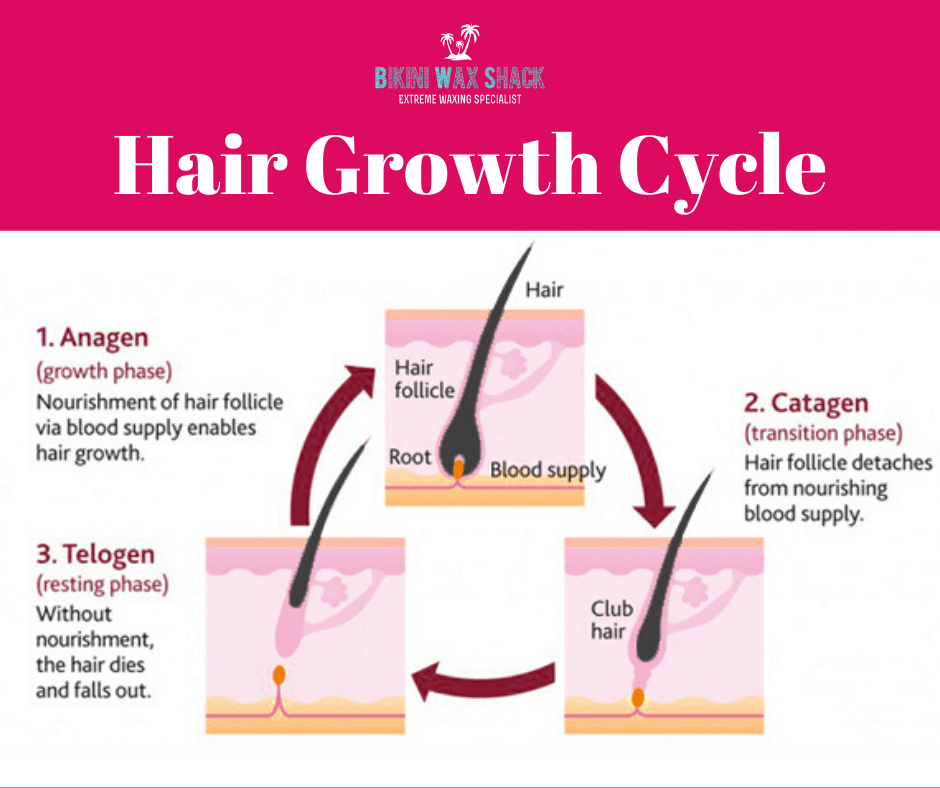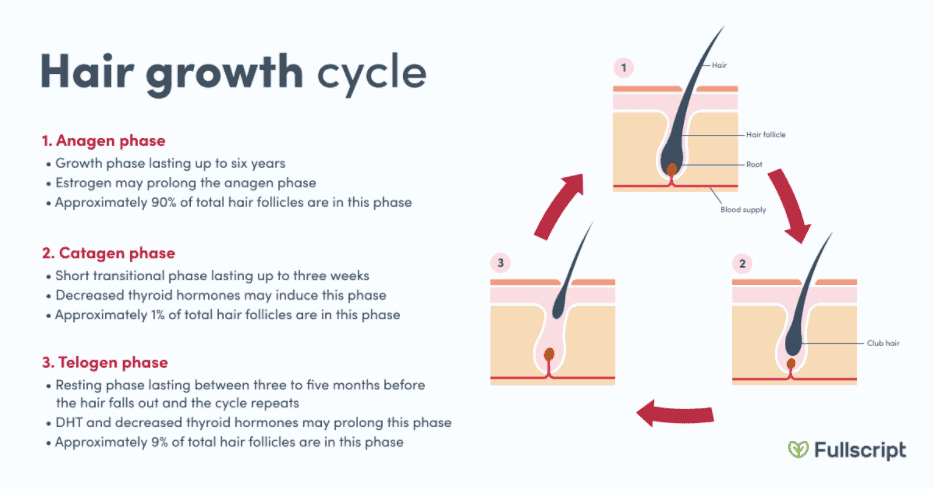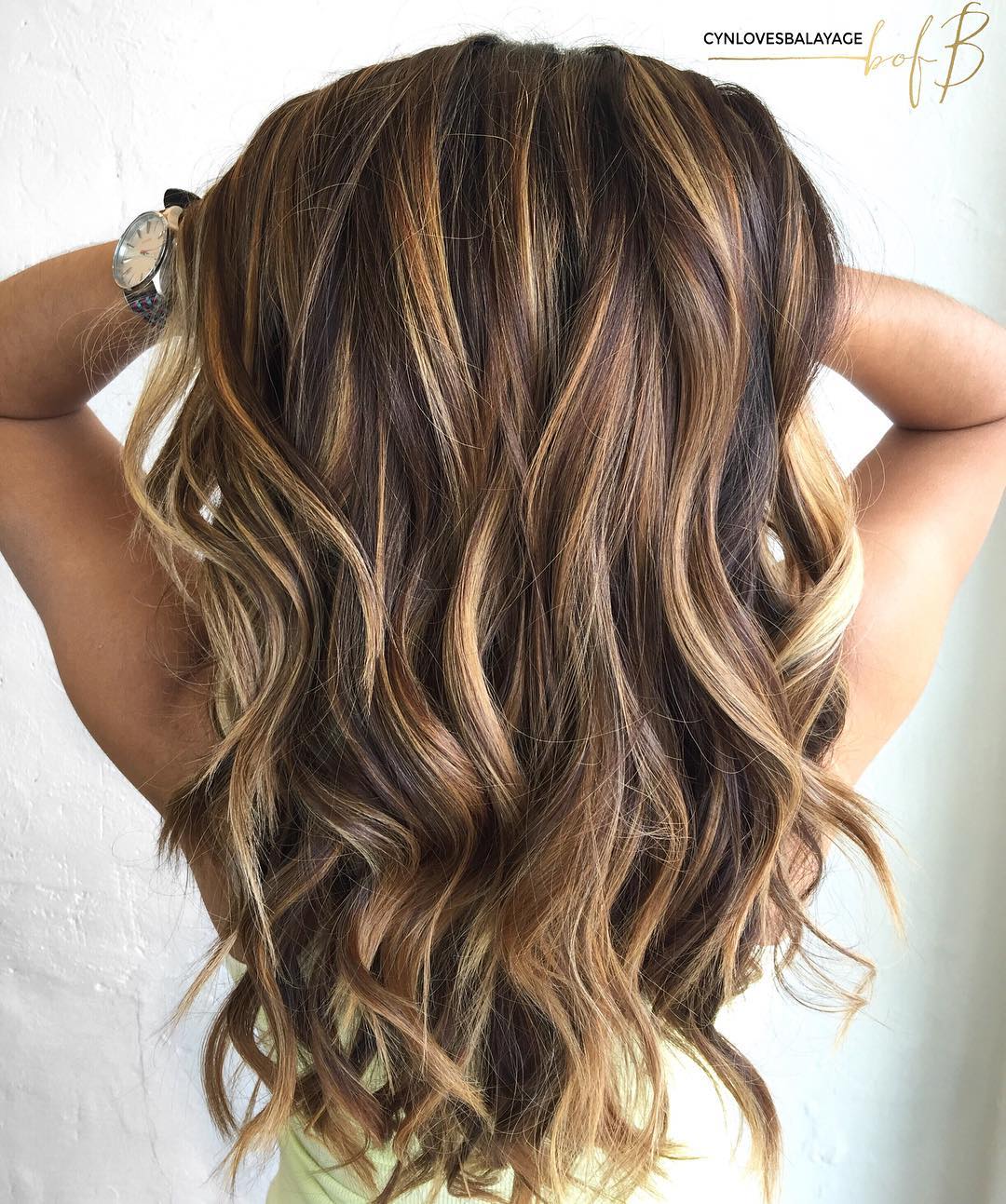Table Of Content

The second phase of growth is the catagen phase and 3% of hair is in this phase at any given time. Compared to the anagen phase, this phase is very short, often only a few weeks. During this phase, the hair stops growing and detaches from the blood supply. We’ve talked through a lot of science here, and for good reason.
HAIR CYCLE
Doctor issues 'seek help' weight loss hair and skin warning - Yahoo News UK
Doctor issues 'seek help' weight loss hair and skin warning.
Posted: Tue, 23 Apr 2024 10:35:21 GMT [source]
The inner root sheath shrinks to consolidate resources around the still-developing hair shaft. But make no mistake, it’s still lengthening out rapidly to produce around 1 cm every 28 days. Support your hair and a healthy scalp with Jupiter’s line scalp care products designed to help promote a healthy scalp microbiome, by using effective active ingredients and nourishing natural ingredients. More severe cases may require help from a hair restoration physician or dermatology office.
Monitor Protein Intake
Eating nutritious foods is one way to improve hair from the inside out. Check with your doctor if you have questions on your hair’s growth and how it might be impacted by your health. Only about 5 percent of the hairs on your head are in the catagen phase at any given time. Traction alopecia is caused by the continuous pulling of the hair root, resulting in cuticle breakage.
The Telogen Phase of the Hair Cycle

The reason that hair on our arms or eyebrows don’t grow to 30 inches is because they have a very short anagen phase. Some people have a limit to how long the hair on their head will grow as well, because of the length of the anagen phase. It combines the unique properties of Curcuma longa and other active ingredients to prime your scalp and hair for optimal growth.
Hair Loss: Symptoms and Causes
This is where hereditary hair loss comes in, but also immune system problems, hairstyles that pull and stretch the hair, harsh hair-care products, and the compulsion to pull out your hair (also known as trichotillomania). This phase typically lasts between 3 to 5 years for scalp hair, although some individuals may experience hair growth for up to 7 years or more. Researchers have delved deep into these stages to better understand how hair grows and what can be done to prevent or treat premature hair loss. Without the exogen phase, old hairs would continue to accumulate, leading to thinning and a lack of space for new hair to grow. Therefore, shedding during the exogen phase is essential for maintaining a healthy head of hair.
The 13 Best Hair Masks for Growth and Retention
How Do I Know If My Hair Has Breakage or New Growth? - The Cut
How Do I Know If My Hair Has Breakage or New Growth?.
Posted: Tue, 28 Nov 2023 08:00:00 GMT [source]
This Act+Acre mask is bursting with fatty acids, proteins, and vitamins, which help to revive damaged strands and fried ends. The formula also contains antioxidants that neutralize free radicals, which not only wreak havoc on your skin but also your hair. “It’s light enough to be used daily, while still being deeply hydrating and moisturizing,” says Dr. Reavey. Minoxidil is an FDA-approved over-the-counter treatment that works to enhance hair growth. It primarily comes in the form of supplements or as a topical solution that is applied to the scalp. According to the NCBI, studies show that Minoxidil can help to enhance hair growth, primarily with oral supplements and high-dosage topicals.
XYON is not compensated for links to third-party sites that appear within this article. The opinions expressed on third-party sites do not reflect the views and opinions of XYON’s medical writers, physicians or the company. In the majority of humans, terminal hair is straight and is roughly circular in cross section – such hair-shafts having emerged from host follicles with similar characteristics. The Hair and its growth patterns are genetically determined in both males and females. Get in touch with our team of hair transplant specialists today, or take a free online consultation. It can be triggered by factors like weight loss, menopause, and stress, but Alopecia UK predicts that for about 30% of people affected, no cause can be found.
These facilities provide stem cell hair therapy and transplantation treatments. The more costly treatments work to relocate hair follicles and restore hair growth for long-lasting results. Understanding the stages of your natural hair cycle can help solve common hair issues you may encounter and help to boost hair growth. As long as new hair cells continue to grow in the hair bulb, the hair continues to grow longer. At any point in time, about 90 percent of a person’s total amount of hair is in this growth phase. For this piece, beauty writer Carol Lee spoke with trusted hair experts about hair growth.
The Anagen Growth Phase
The Cleveland Clinic also explains that a stressful event like recently giving birth or going through menopause and wearing very tight hairstyles can be common causes of temporary hair loss. After your hair is done detaching itself from your scalp, it enters a state of rest called the telogen phase. That resting period is pretty serious business and would put any college student’s nap schedule to shame. That’s because your dying hair just sits on your head for three to five months before it’s pushed out by brand new hair.
The third phase is telogen, which lasts about five to six weeks. The fourth and final phase, exogen, is when the hair eventually detaches and falls out. The catagen phase starts when the anagen phase ends, and tends to last about 10 days or so.
I was fascinated to learn that hair at this stage undergoes transient amplification – cells called trichocytes increase in number to build up reserves before differentiating into specialized structures. Our medicated shampoo & scalp conditioner duo teams up with our exfoliating volcanic ash mask for the ultimate in scalp care and self care. Products that specifically speak to the needs and demands of your own hair, whether you struggle with hair thinning or limp hair, will help your hairs to make the most of whichever stage they’re in. Each hair follicle is attached to a tiny muscle (arrector pili) that can make the hair stand up.
When male pattern baldness sets in, hair follicles get smaller, which makes it harder for hair to grow. Additionally, Dr. Antonella Tosti, a Keeps medical advisor and hair loss expert, says the anagen stage gets shorter and the telogen stage stays the same or even increases. The hair follicle undergoes physical changes as it moves through the hair growth cycle. This mini organ can be broken up into two main parts that each passes through different layers of scalp tissue.
Spanning approximately 2 to 5 months, this phase also witnesses new hair growth in the follicles as old hairs are shed. The telogen phase, often called the resting phase, typically lasts around 3 months. During this time, approximately 10 to 15 percent of your scalp hairs enter a state of dormancy.












